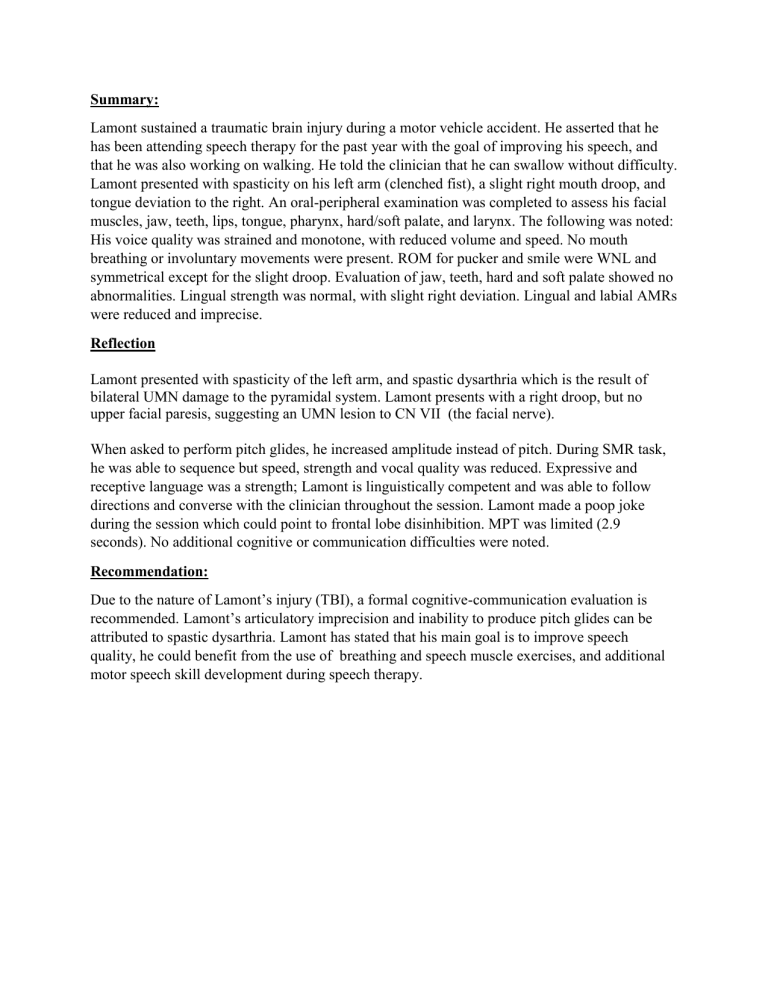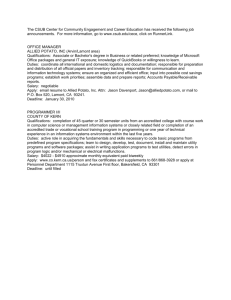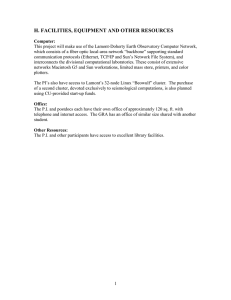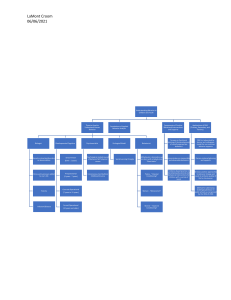
Summary: Lamont sustained a traumatic brain injury during a motor vehicle accident. He asserted that he has been attending speech therapy for the past year with the goal of improving his speech, and that he was also working on walking. He told the clinician that he can swallow without difficulty. Lamont presented with spasticity on his left arm (clenched fist), a slight right mouth droop, and tongue deviation to the right. An oral-peripheral examination was completed to assess his facial muscles, jaw, teeth, lips, tongue, pharynx, hard/soft palate, and larynx. The following was noted: His voice quality was strained and monotone, with reduced volume and speed. No mouth breathing or involuntary movements were present. ROM for pucker and smile were WNL and symmetrical except for the slight droop. Evaluation of jaw, teeth, hard and soft palate showed no abnormalities. Lingual strength was normal, with slight right deviation. Lingual and labial AMRs were reduced and imprecise. Reflection Lamont presented with spasticity of the left arm, and spastic dysarthria which is the result of bilateral UMN damage to the pyramidal system. Lamont presents with a right droop, but no upper facial paresis, suggesting an UMN lesion to CN VII (the facial nerve). When asked to perform pitch glides, he increased amplitude instead of pitch. During SMR task, he was able to sequence but speed, strength and vocal quality was reduced. Expressive and receptive language was a strength; Lamont is linguistically competent and was able to follow directions and converse with the clinician throughout the session. Lamont made a poop joke during the session which could point to frontal lobe disinhibition. MPT was limited (2.9 seconds). No additional cognitive or communication difficulties were noted. Recommendation: Due to the nature of Lamont’s injury (TBI), a formal cognitive-communication evaluation is recommended. Lamont’s articulatory imprecision and inability to produce pitch glides can be attributed to spastic dysarthria. Lamont has stated that his main goal is to improve speech quality, he could benefit from the use of breathing and speech muscle exercises, and additional motor speech skill development during speech therapy.


